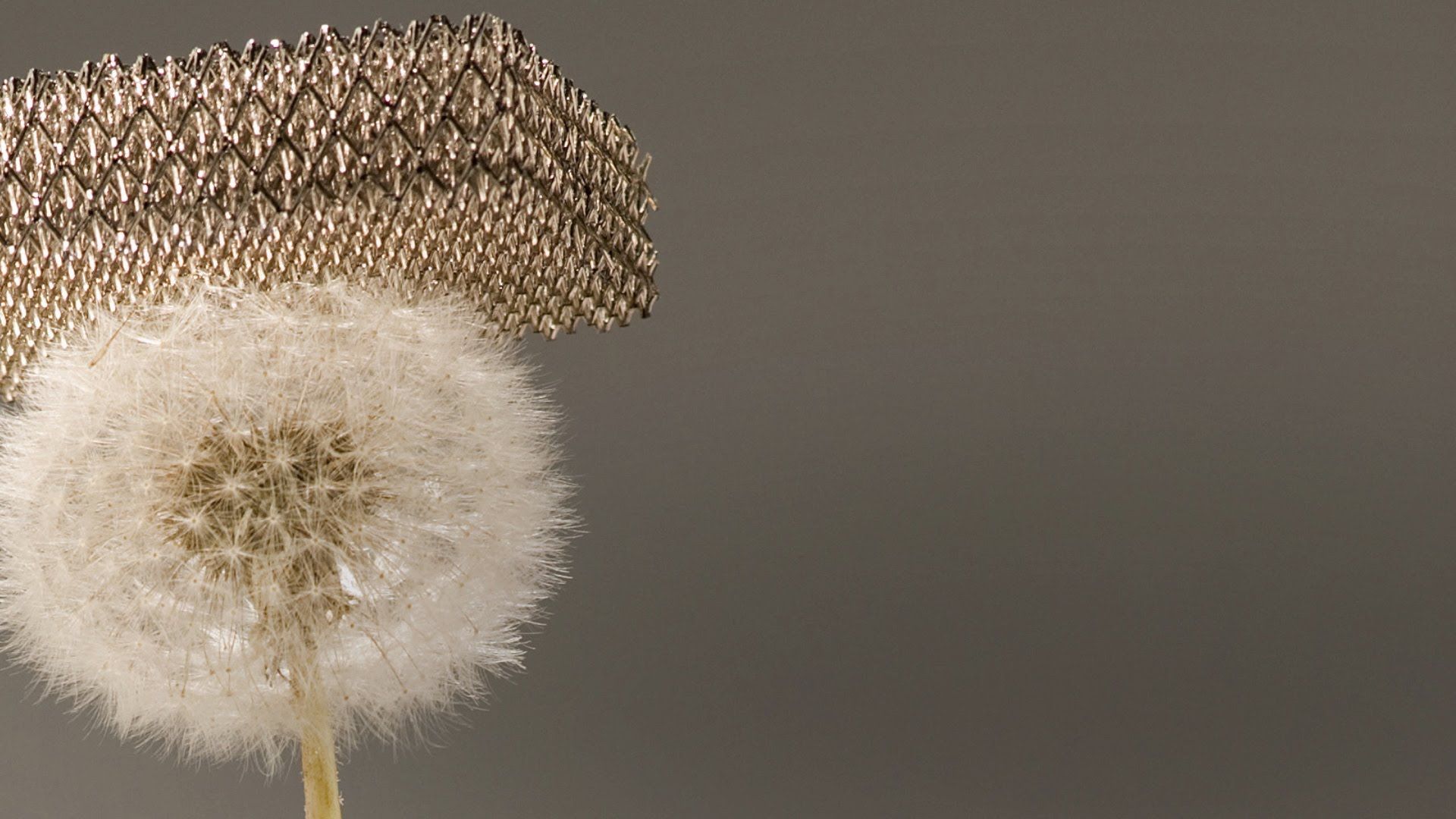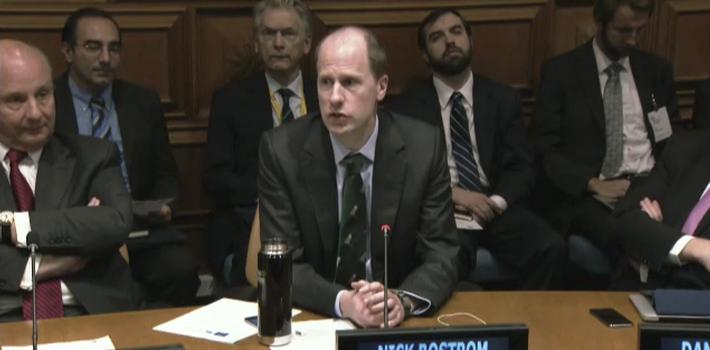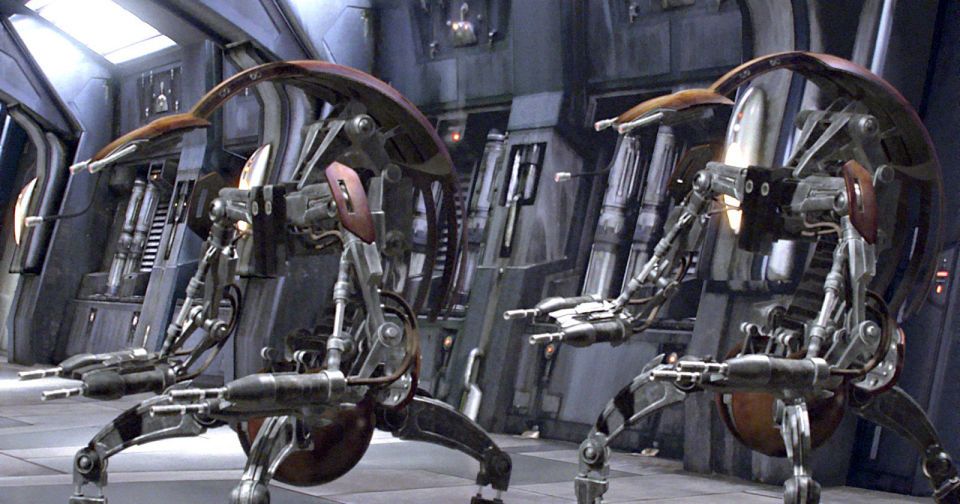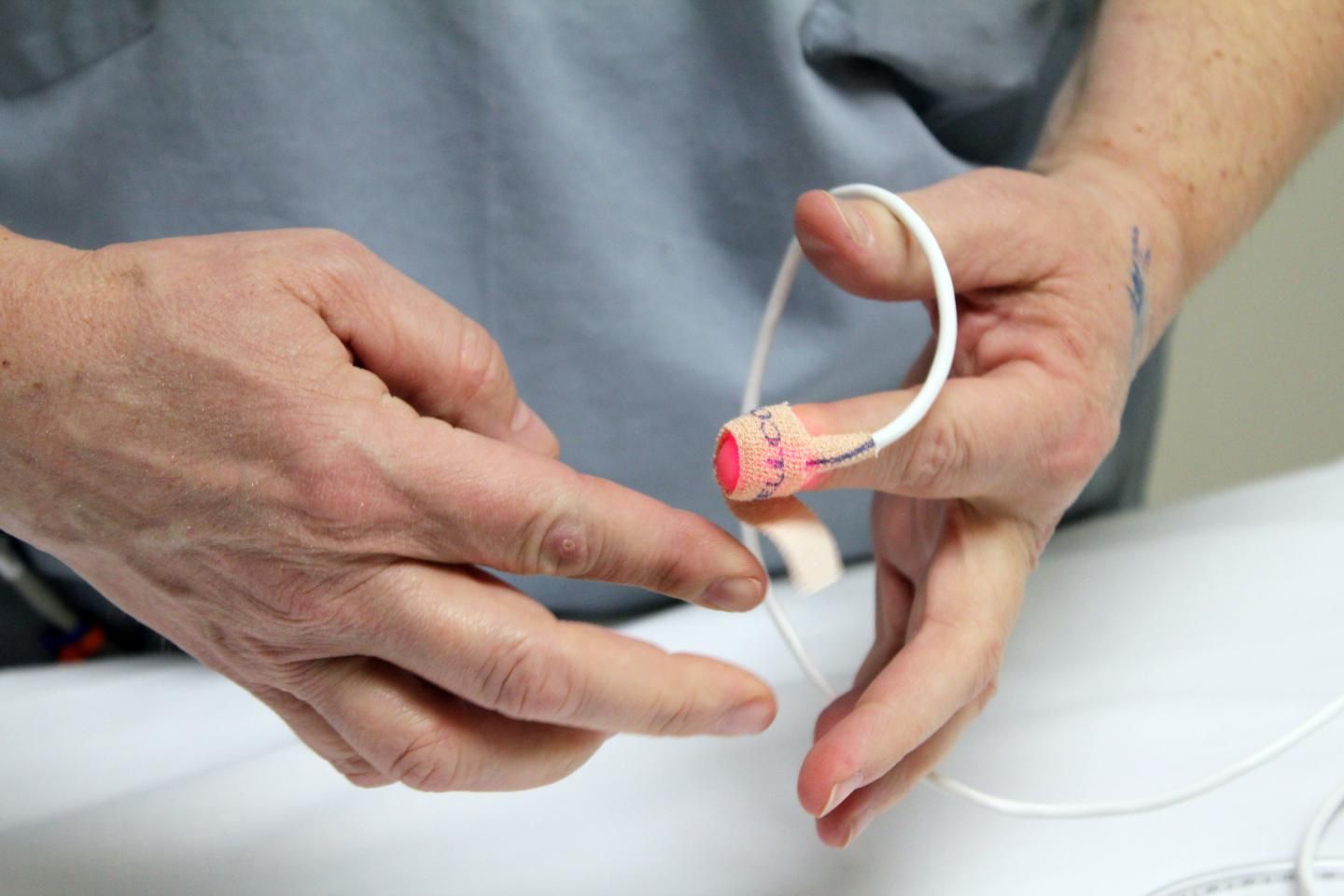A few years ago, researchers created the world’s lightest metal for Boeing, and now the airline has shown it off for the first time in this new video. Called microlattice, the material is 100 times lighter than styrofoam but is as rigid as metal, which means that it has some pretty exciting applications — not limited to being able to balance on top of a dandelion.
Microlattice was inspired by the structure of our bones, which are very rigid on the outside but mostly hollow on the inside, which means they can’t be easily crushed, but are lightweight enough for us to carry around all day. The new Boeing metal mimics this, and despite its rigid exterior, it has a 3D open-cellular polymer structure, which means its structure is 99.99 percent air.
The lattice in the metal is made up of interconnected hollow metal tubes — constructed from nickel, in the case of the prototype. Each of these tubes has a wall thickness of just 100 nanometres, which is 1,000 times thinner than human hair.









